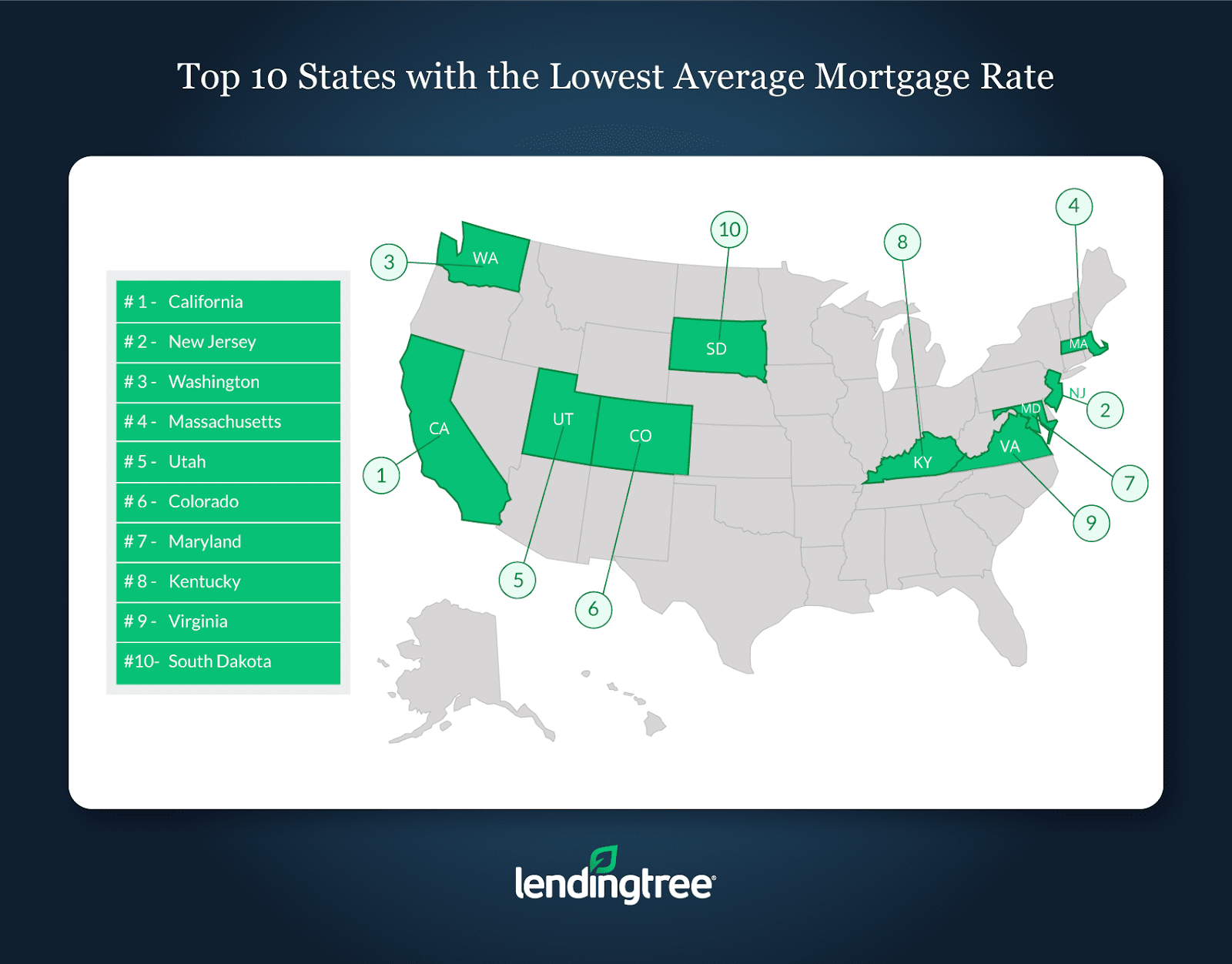
The 80-10-10 Loan is a type mortgage that allows borrowers to avoid PMI if they don't have a down payment of 20%. It also allows them to purchase a high-priced home without having to get a jumbo loan. The downside to this type of loan is that you will need to get two mortgages at once.
Piggyback Loans
Piggyback loans allow you to make a smaller down payment on your new house than other types of mortgages. The 80-10-10 Loan requires only 10% downpayment, unlike other types. Mortgage insurance may be required for the loan. This mortgage loan is great if you have excellent credit and are willing to pay the extra cost.
A piggyback loan is made up of two types of lien: the first is a fixed rate mortgage that covers as much as 80% of the home's price. The second lien, however, is a home Equity Line of Credit (HELOC). Home equity lines are credit cards that can be used at any time. However, they do not have an interest rate and are not subject to repayment.
Jumbo loans
With 80-10-10 loans, borrowers can buy larger homes with a smaller downpayment. This allows them to avoid the strict guidelines that are involved with jumbo loans. Their monthly payment will drop significantly as they no longer have to pay 20% on top of the total home value. These loans are also ideal for people in a financial bind and those who are not able to afford the higher down payment required for a conventional loan.

The loan limits for jumbo loans vary by lender, but typically exceed $647,200. The limit for Hawaii, Alaska, and other states is $970,000.800
80 10 10 loans
If you're in the market for a high-priced home and don't have a lot of money to put down, you may want to check out an 80/10/10 loan. These loans allow for you to borrow upto 80% of purchase price but require a down payment of only 10%. You don't need mortgage insurance.
These loans are an attractive option for homeowners looking to avoid jumbo debt, reduce PMI, or buy a house after selling their old one. These loans are similar to piggyback loans. While there are a few variations to this loan, the basic concept is the same. In essence, you will get two loans. One loan for your new home and one loan for your existing house. Then, you pay off the second loan with the first. This type of loan offers the benefit that you can buy a larger home while avoiding PMI.
Rural loans
Rural housing loans are a great way to purchase a new home. These loans are backed by the USDA, and are ideal for homebuyers with low income. This government program offers low rates of interest and 0% down payment. It provides guidance to homebuyers on the application process, eligibility requirements, and how to apply. It also offers refinancing on qualified loans.
There are many reasons rural housing loans could be used. They can help buyers buy their first or second home. FHA mortgages are available for as little as 3.5% of the total purchase price. This allows those with low incomes to buy a home with lower mortgage payments.

USDA Loans
A USDA 80-10-10 loan is a great option for those who need a zero-down loan on their home. This program is especially designed for low- to moderate-income households. To be eligible, you must meet certain income requirements and property requirements. If you meet the above requirements, you will be able purchase a property.
This loan program offers a variety of options, including self-serviced loans and bank-owned loans. These loans are guaranteed to offer low-interest rates and flexible payments. You can repay these loans in as little as 33 to 38 year depending on your income.
FAQ
How many times may I refinance my home mortgage?
This depends on whether you are refinancing with another lender or using a mortgage broker. In either case, you can usually refinance once every five years.
What is the cost of replacing windows?
Window replacement costs range from $1,500 to $3,000 per window. The exact size, style, brand, and cost of all windows replacement will vary depending on what you choose.
Do I require flood insurance?
Flood Insurance protects from flood-related damage. Flood insurance protects your belongings and helps you to pay your mortgage. Learn more information about flood insurance.
Is it better to buy or rent?
Renting is generally cheaper than buying a home. It is important to realize that renting is generally cheaper than buying a home. You will still need to pay utilities, repairs, and maintenance. Buying a home has its advantages too. For instance, you will have more control over your living situation.
What are the pros and cons of a fixed-rate loan?
With a fixed-rate mortgage, you lock in the interest rate for the life of the loan. This guarantees that your interest rate will not rise. Fixed-rate loan payments have lower interest rates because they are fixed for a certain term.
Statistics
- When it came to buying a home in 2015, experts predicted that mortgage rates would surpass five percent, yet interest rates remained below four percent. (fortunebuilders.com)
- 10 years ago, homeownership was nearly 70%. (fortunebuilders.com)
- This means that all of your housing-related expenses each month do not exceed 43% of your monthly income. (fortunebuilders.com)
- Some experts hypothesize that rates will hit five percent by the second half of 2018, but there has been no official confirmation one way or the other. (fortunebuilders.com)
- This seems to be a more popular trend as the U.S. Census Bureau reports the homeownership rate was around 65% last year. (fortunebuilders.com)
External Links
How To
How to buy a mobile house
Mobile homes can be described as houses on wheels that are towed behind one or several vehicles. Mobile homes are popular since World War II. They were originally used by soldiers who lost their homes during wartime. People who want to live outside of the city are now using mobile homes. Mobile homes come in many styles and sizes. Some houses are small, others can accommodate multiple families. Some are made for pets only!
There are two main types for mobile homes. The first type is manufactured at factories where workers assemble them piece by piece. This happens before the product can be delivered to the customer. The other option is to construct your own mobile home. First, you'll need to determine the size you would like and whether it should have electricity, plumbing or a stove. You will need to make sure you have the right materials for building the house. Final, you'll need permits to construct your new home.
These are the three main things you need to consider when buying a mobile-home. You might want to consider a larger floor area if you don't have access to a garage. A model with more living space might be a better choice if you intend to move into your new home right away. You'll also want to inspect the trailer. Problems later could arise if any part of your frame is damaged.
You should determine how much money you are willing to spend before you buy a mobile home. It is important to compare prices across different models and manufacturers. Also, consider the condition the trailers. Many dealers offer financing options. However, interest rates vary greatly depending upon the lender.
Instead of purchasing a mobile home, you can rent one. Renting allows for you to test drive the model without having to commit. Renting is expensive. Most renters pay around $300 per month.